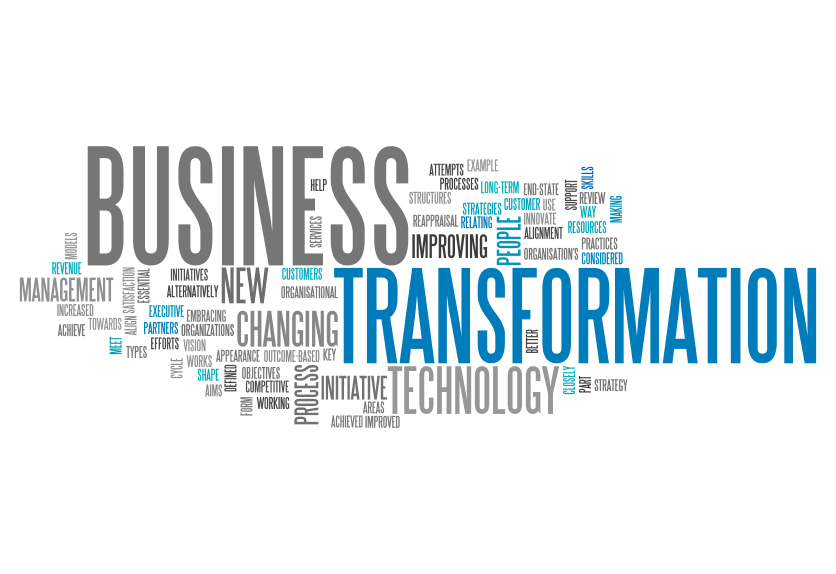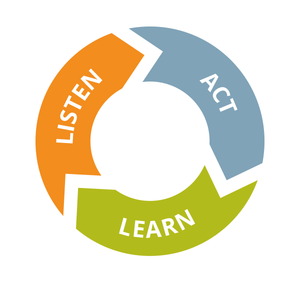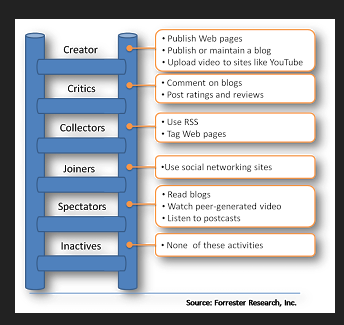In short, throughout the textbook Groundswell, we have looked at what exactly the groundswell is, how to join the groundswell, why you should join the groundswell and how to be successful in the groundswell. To bring this semester to a close we are now looking at the groundswell within a company. Of course most of this discussion focused solely on our how we interact with our company’s current and potential customers. Up until this point a huge component has been missing. That component that I am referring to is a company’s employees. Companies strive to hire employees who care about their success as much as the top CEO does and that is why if the common goal among all employees is not the company’s success you have some major adjustments to make. However that being said, if an employee’s goal isn’t the company overall success that doesn’t mean that they want them to fail, it just simply means that they just see work as a nothing more than a paycheck. If this is the case for your company, it is time to act now.
Most often than not, the problem isn’t caused by a lack of effort by management but rather a lack of communication with employees. The textbook highlights the example of Blue Shirt Nation that Best Buy has implemented as a way to allow for communication among all Best Buy employees. It has proven to be a very effective way to not only empower employees within the company but also as a way to provide front line insight to the top management. What makes Blue Shirt Nation so effective is its ability to accomplish all five objectives of listening, talking, energizing, supporting and embracing. “That’s the power and speed of the groundswell within companies–the ability for people to find what they need from each other.” (Li & Bernoff, 2011, p. 237) By enabling your employees and letting them know “hey we are here and we are listening to you”, it helps to motivate the employees to want success as much as you do. They want to know what they are doing every day makes a difference within the company and that’s what setting up an open communication where employees can talk and be heard does.
Another great example of empowering employees is what CEO of Razorfish was able to do by realizing the potential in direct communication with employees. Razorfish uses an internal intranet site to connect all of their employees together which gives them a space to not only stay connected with one another but to also share their ideas and skills openly. “The key here is that in creating a collaboration tool, the company had also created a communication channel.” (Li & Bernoff, 2011, p. 240) CEO Clark Kokich there is a lot to be gained by this type of communication and he is aware of the easy approach it creates of staying up-to-date within the company’s day to day operations.
There is a lot that to be learnt by these two great companies but ultimately these opportunities were created by taking a chance and seeing the potential within it rather than focusing on what could go wrong. What stood out to me was the fact that neither company was focused on the monetary value behind implementing a strategy for communication because they knew that the cost would be worth the reward. One thing is for certain, they were right.
References
Li, C., & Bernoff, J. (2011). groundswell: winning in a world transformed by social technologies. Boston: Harvard Business Review Press .







